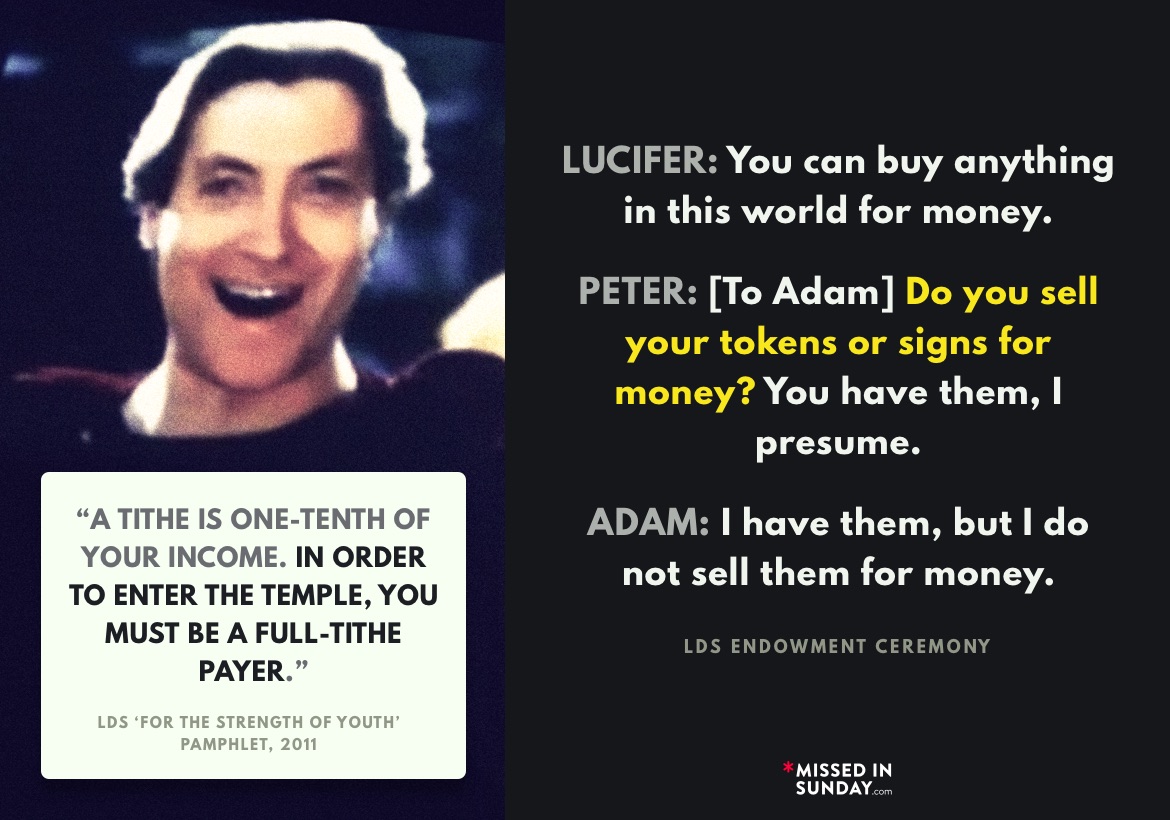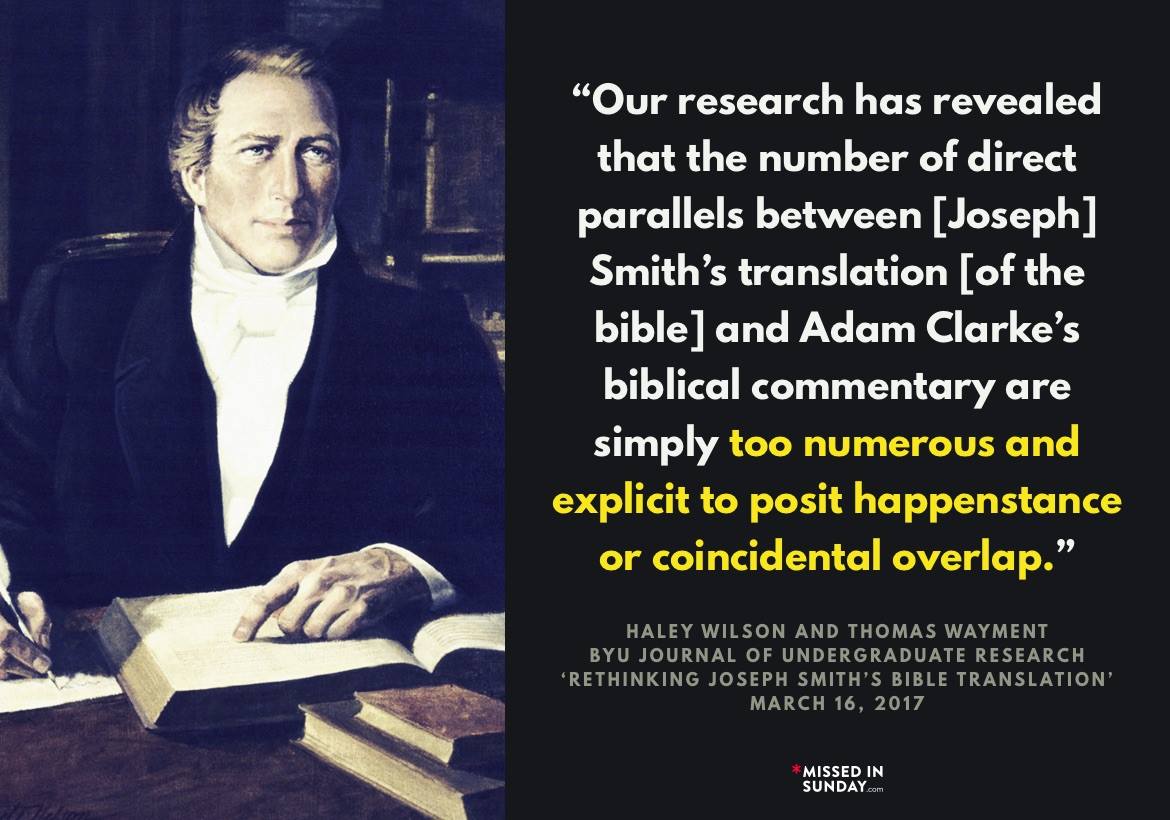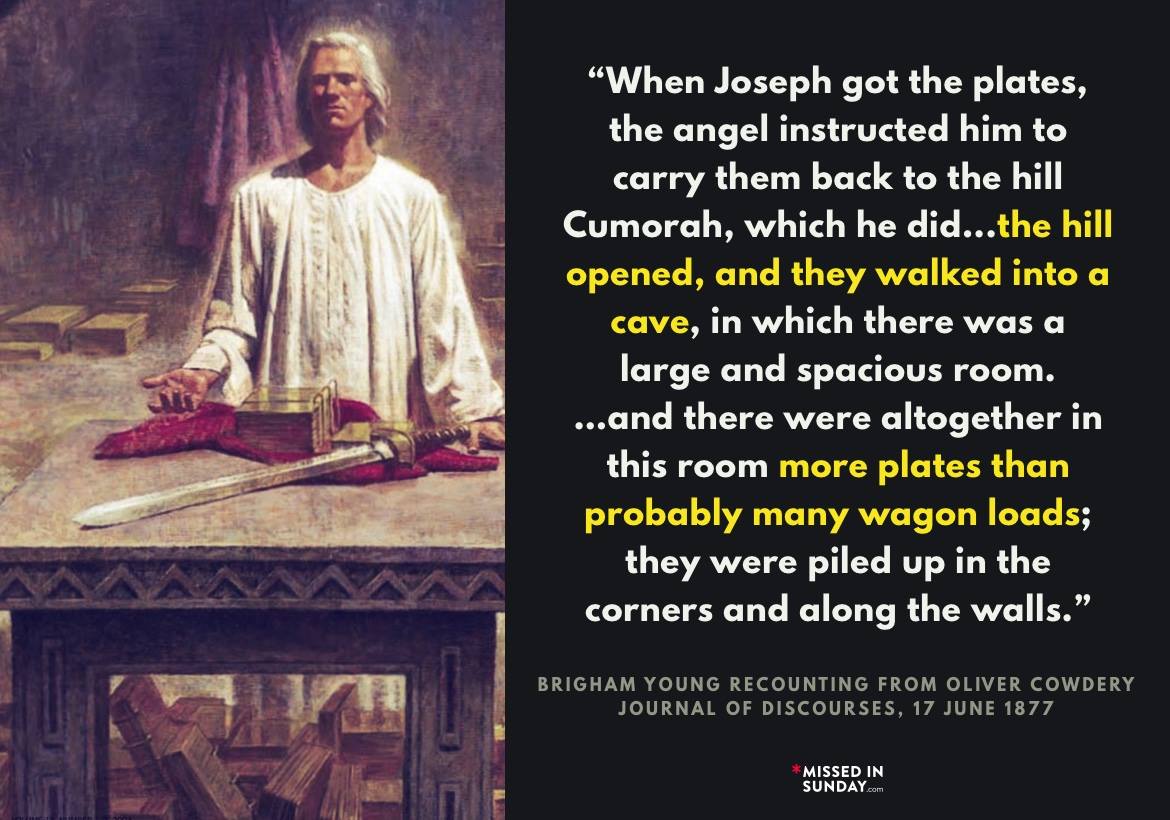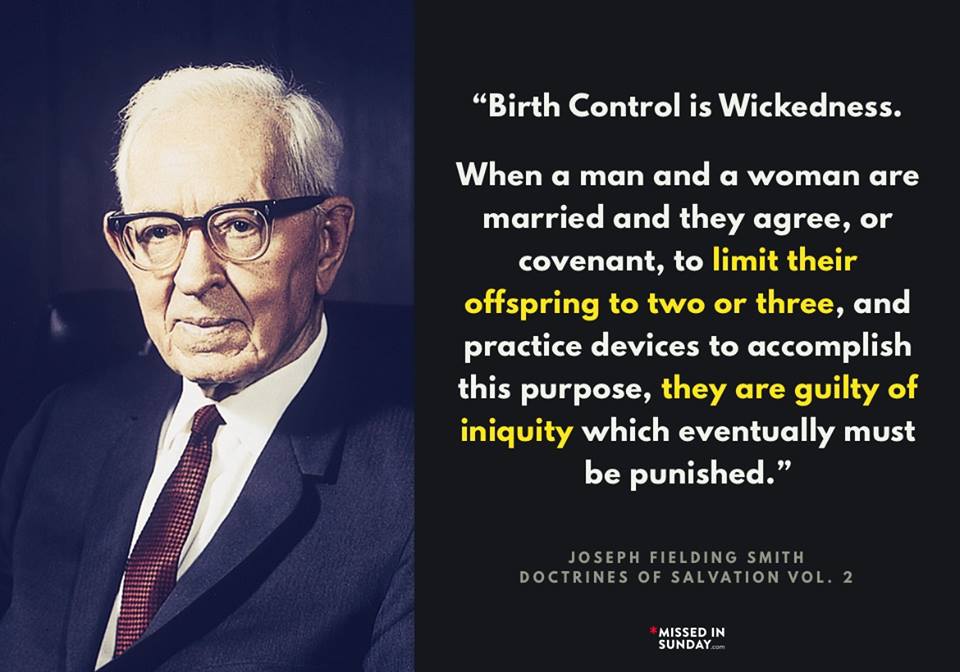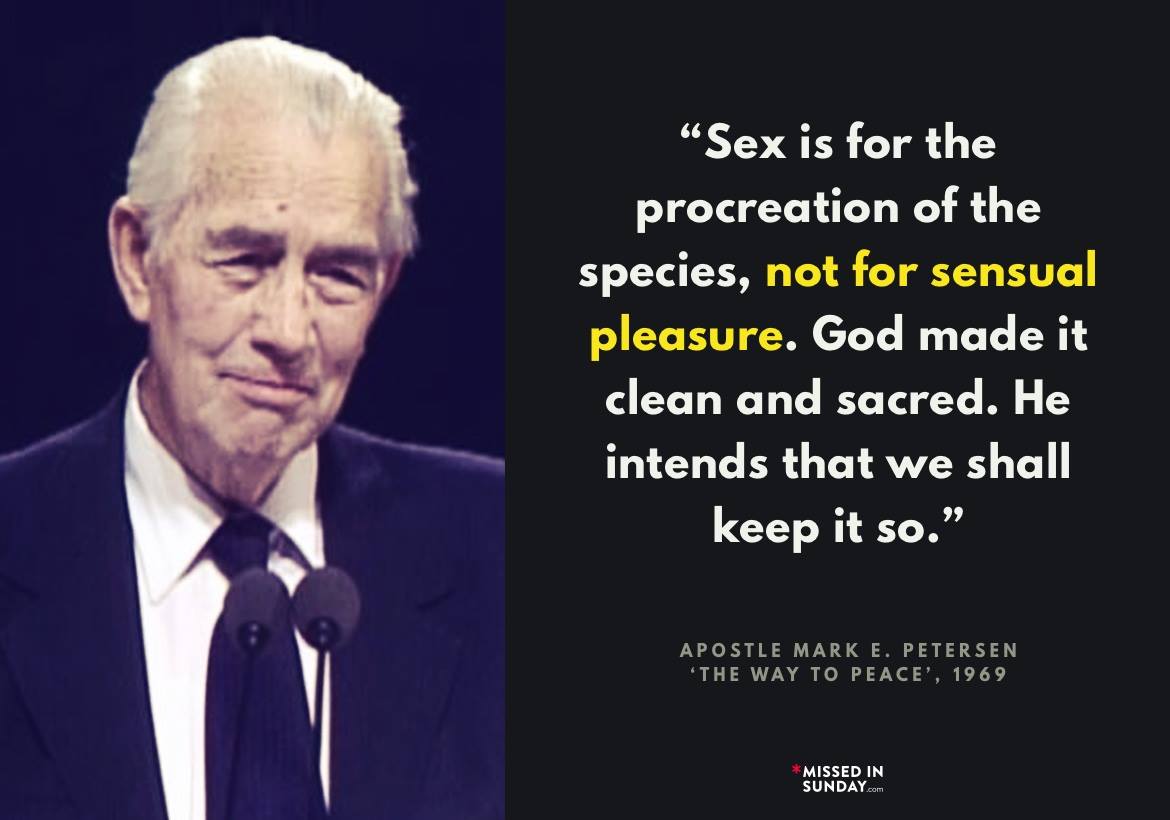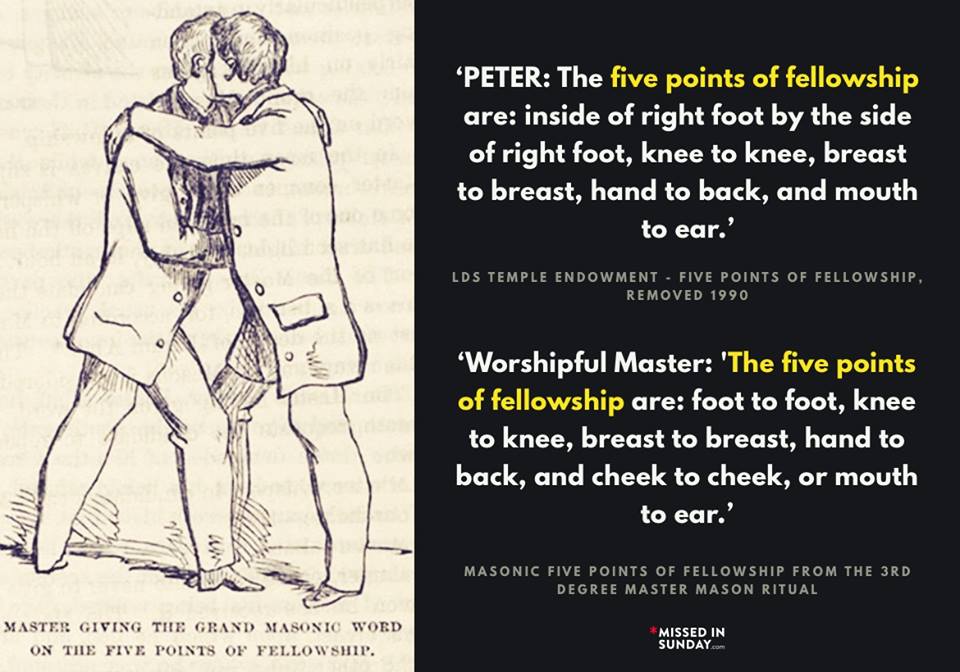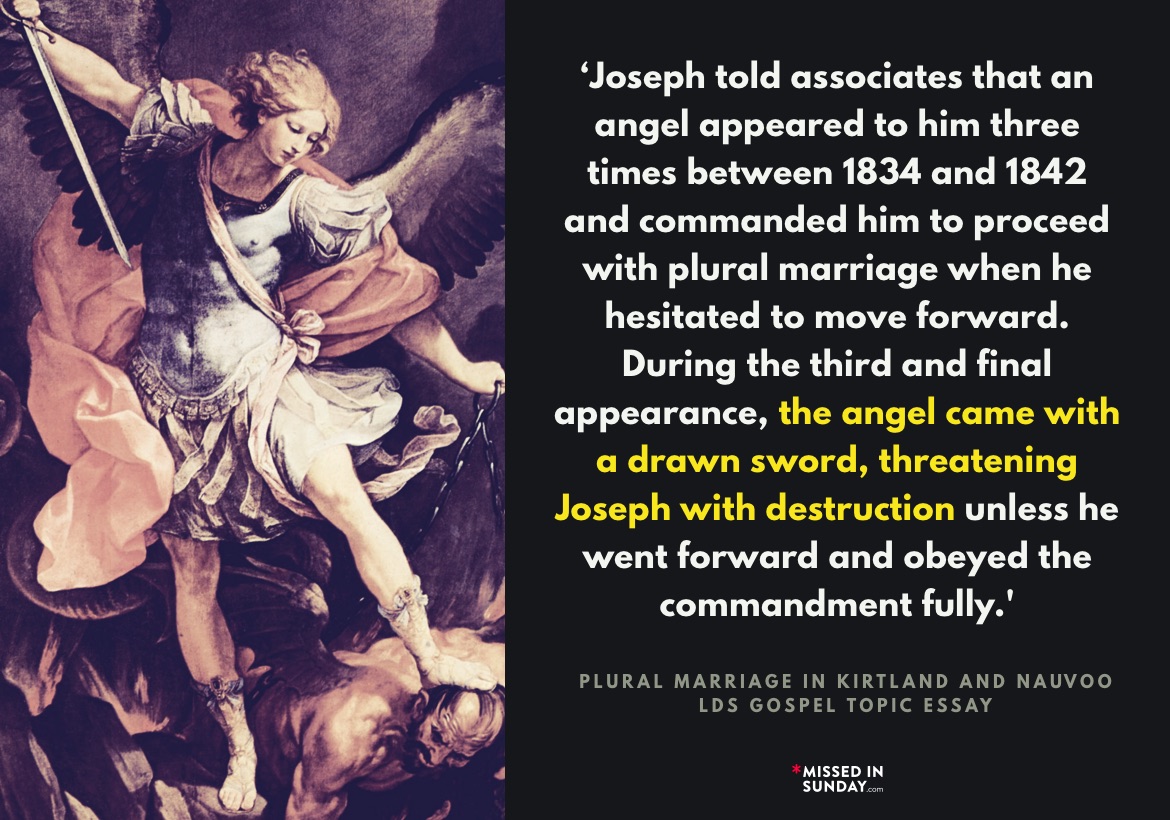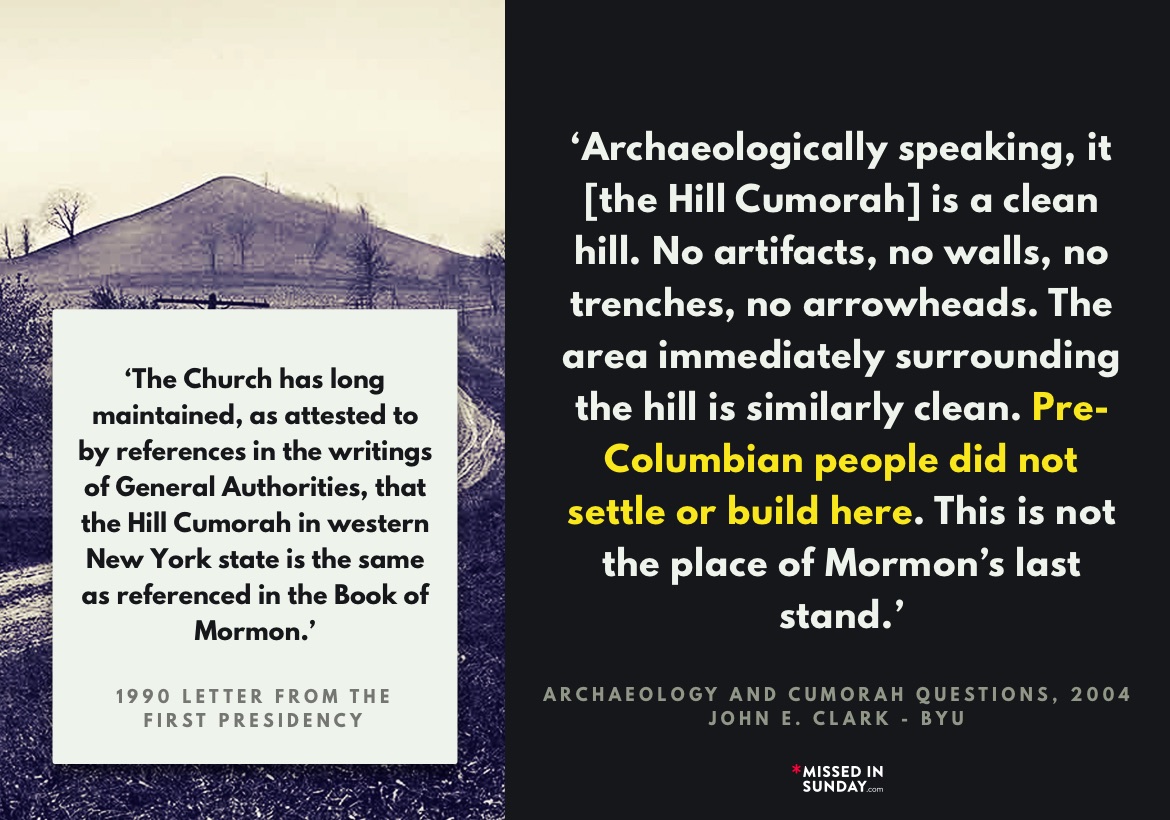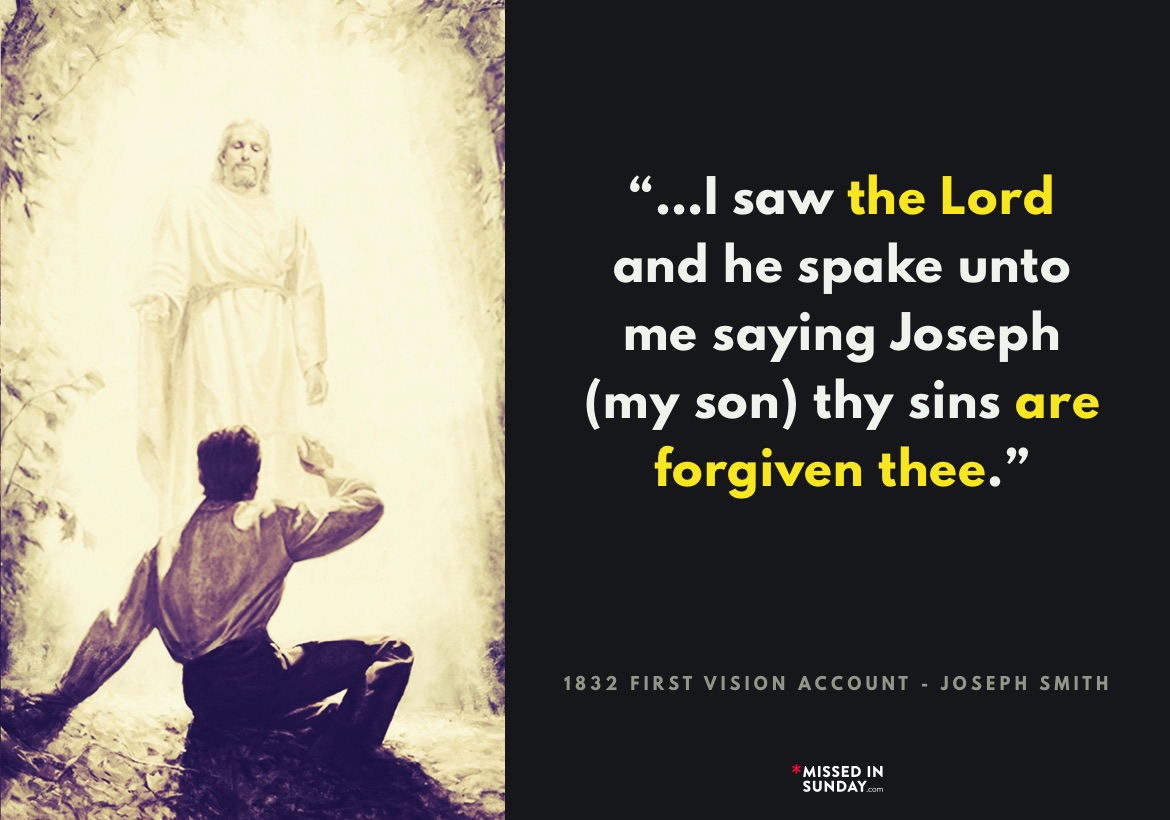Excerpt from the BYU Journal of Undergraduate Research, A Recently Recovered Source: Rethinking Joseph Smith’s Bible Translation (March 16, 2017):
“Joseph Smith’s translation of the Bible has attracted significant attention in recent decades, drawing the interest of a wide variety of academics and those who affirm its nearly canonical status in the LDS scriptural canon. More recently, in conducting new research into the origins of Smith’s Bible translation, we uncovered evidence that Smith and his associates used a readily available Bible commentary while compiling a new Bible translation, or more properly a revision of the King James Bible. The commentary, Adam Clarke’s famous Holy Bible, Containing the Old and New Testaments, was a mainstay for Methodist theologians and biblical scholars alike, and was one of the most widely available commentaries in the mid-1820s and 1830s in America. Direct borrowing from this source has not previously been connected to Smith’s translation efforts, and the fundamental question of what Smith meant by the term “translation” with respect to his efforts to rework the biblical text can now be reconsidered in light of this new evidence. What is noteworthy in detailing the usage of this source is that Adam Clarke’s textual emendations come through Smith’s translation as inspired changes to the text. Moreover, the question of what Smith meant by the term translation should be broadened to include what now appears to have been an academic interest to update the text of the Bible. This new evidence effectively forces a reconsideration of Smith’s translation projects, particularly his Bible project, and how he used academic sources while simultaneously melding his own prophetic inspiration into the resulting text. In presenting the evidence for Smith’s usage of Clarke, our paper also addressed the larger question of what it means for Smith to have used an academic/theological Bible commentary in the process of producing a text that he subsequently defined as a translation. In doing so, we first presented the evidence for Smith’s reliance upon Adam Clarke to establish the nature of Smith’s usage of Clarke. Following that discussion, we engaged the question of how Smith approached the question of the quality of the King James Bible (hereafter KJV) translation that he was using in 1830 and what the term translation meant to both Smith and his close associates. Finally, we offered a suggestion as to how Smith came to use Clarke, as well as assessing the overall question of what these findings suggest regarding Smith as a translator and his various translation projects.
Our research has revealed that the number of direct parallels between Smith’s translation and Adam Clarke’s biblical commentary are simply too numerous and explicit to posit happenstance or coincidental overlap. The parallels between the two texts number into the hundreds, a number that is well beyond the limits of this paper to discuss. A few of them, however, demonstrate Smith’s open reliance upon Clarke and establish that he was inclined to lean on Clarke’s commentary for matters of history, textual questions, clarification of wording, and theological nuance. In presenting the evidence, we have attempted to both establish that Smith drew upon Clarke, likely at the urging of Rigdon, and we present here a broad categorization of the types of changes that Smith made when he used Clarke as a source.
For the sake of this report we will include only one or two examples of Smith’s obvious borrowing of Clarke. Among the more compelling examples are two that witness the omission of entire biblical verses or the rearrangement of parts of biblical verses. In Colossians 2:20–22, Smith rearranges the KJV order so that a portion of verse 22 (“which are after the doctrines and commandments of men”) is appended directly to the end of verse 20, a verse which ends with a comma in the KJV. This change appears to directly reflect Adam Clarke’s statement regarding it, “After the commandments and doctrines of men? These words should follow the 20th verse, of which they form a part; and it appears from them that the apostle is here speaking of the tradition of the elders.” The change does little to smooth out the flow of the English translation, and does nothing to change the meaning, but it can be no mere coincidence that the two sources relocate a portion of the verse in precisely the same way by adding a part of one verse to another verse earlier in the same passage.
While the data presented herein accounts for a significant advance in our understanding about the origins of Smith’s Bible translation, it is still unclear how Smith determined which verses were to be changed and which verses were to be spared. The next step in the discussion would need to be a consideration of whether there is a unified purpose in the choice of verses that were changed. Our overall impression is that Smith was inclined to follow Clarke especially in instances where he drew upon manuscript evidence or language expertise.”
Information about Adam Clarke:
Adam Clarke (1760 or 1762-1832) was a British Methodist theologian and Biblical scholar. He is primarily remembered for writing this commentary on the Bible. It took him 40 years to complete this work. Clarke adhered theologically to the Methodist founder John Wesley. Clarke’s commentary is largely written from an orthodox Methodist perspective.
KJV Colossians 2:20-22:
20 Wherefore if ye be dead with Christ from the rudiments of the world, why, as though living in the world, are ye subject to ordinances,
21 (Touch not; taste not; handle not;
22 Which all are to perish with the using;) after the commandments and doctrines of men?
Adam Clarke’s biblical commentary Colossians 2:20-22:
Colossians 2:20
If ye be dead with Christ – See the notes on Rom 6:3, Rom 6:5 (note).
From the rudiments of the world – Ye have renounced all hope of salvation from the observance of Jewish rites and ceremonies, which were only rudiments, first elements, or the alphabet, out of which the whole science of Christianity was composed. We have often seen that the world and this world signify the Jewish dispensation, or the rites, ceremonies, and services performed under it.
Why, as though living in the world – Why, as if ye were still under the same dispensation from which you have been already freed, are ye subject to its ordinances, performing them as if expecting salvation from this performance?
Colossians 2:21
Touch not; taste not; handle not – These are forms of expression very frequent among the Jews. In Maccoth, fol. xxi. 1: “If they say to a Nazarite, Don’t drink, don’t drink; and he, notwithstanding, drinks; he is guilty. If they say, Don’t shave, don’t shave; and he shaves, notwithstanding; he is guilty. If they say, Don’t put on these clothes, don’t put on these clothes; and he, notwithstanding, puts on heterogeneous garments; he is guilty.” See more in Schoettgen.
Colossians 2:22
Which all are to perish with the using – These are not matters of eternal moment; the different kinds of meats were made for the body, and go with it into corruption: in like manner, all the rites and ceremonies of the Jewish religion now perish, having accomplished the end of their institution; namely, to lead us to Christ, that we might be justified by faith.
After the commandments and doctrines of men?– These words should follow the 20th verse, of which they form a part; and it appears from them that the apostle is here speaking of the traditions of the elders, and the load of cumbrous ceremonies which they added to the significant rites prescribed by Moses.
JST Colossians 2:20-22:
20 Wherefore, if ye be dead with Christ from the rudiments of the world, why, as though living in the world, are ye subject to ordinances,
21 Which are after the doctrines and commandments of men, who teach you to touch not, taste not, handle not–all those things which are to perish with the using,
22 Which things have indeed a show of wisdom in will-worship, and humility, and neglecting the body as to the satisfying the flesh–not in any honor to God.

